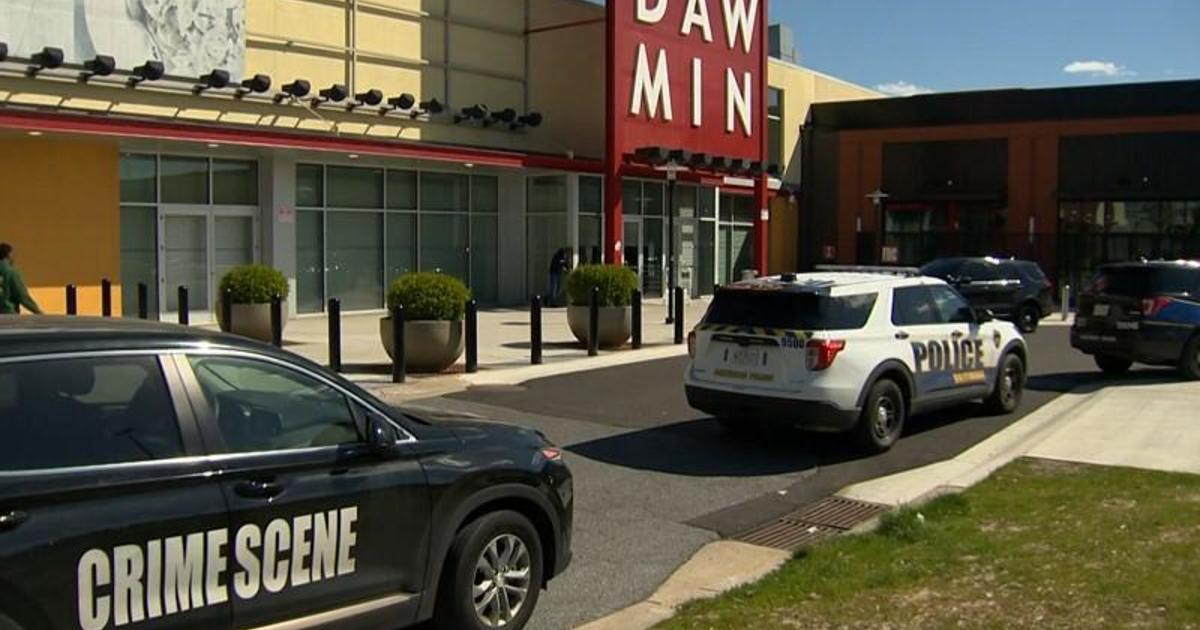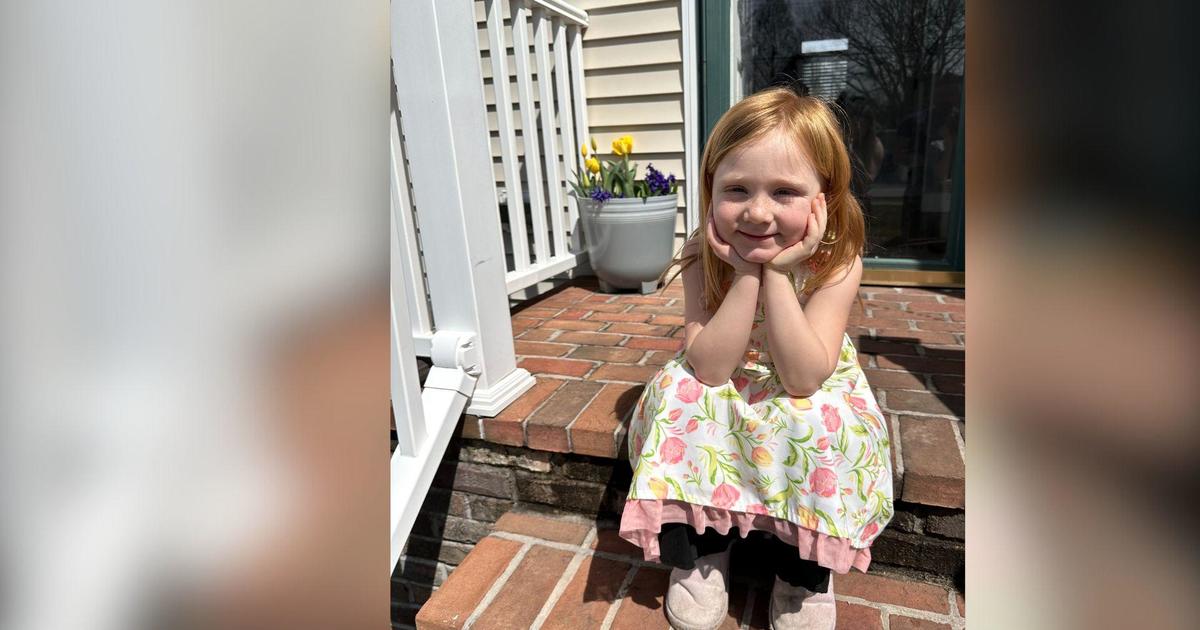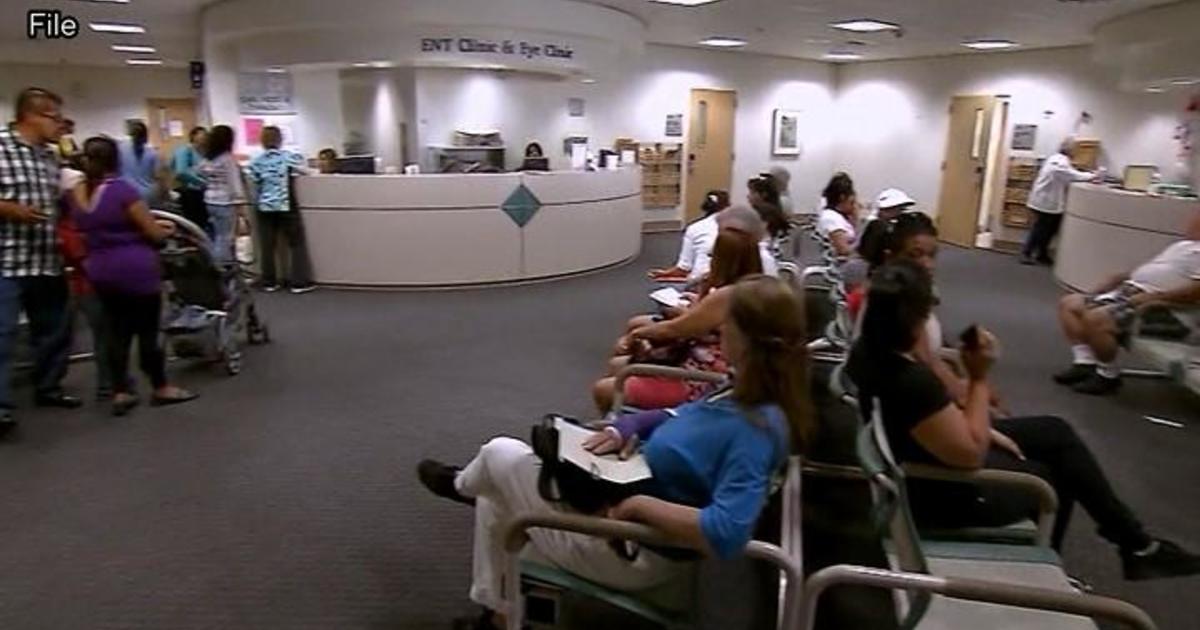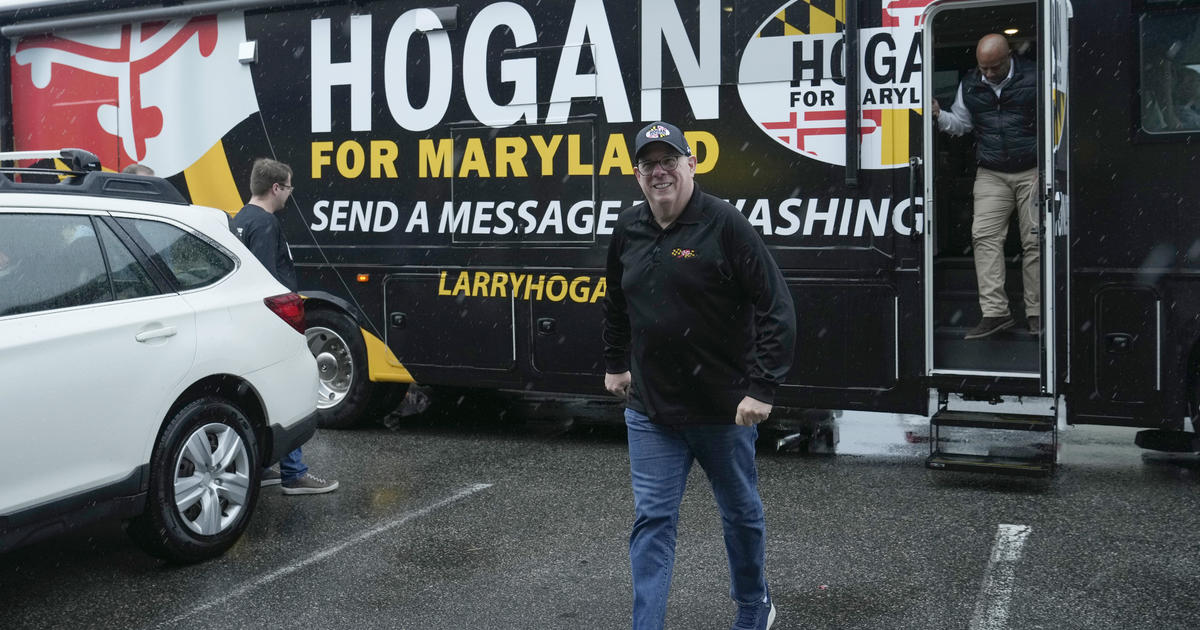Cemetery Behind Sharpsburg Chapel Being Restored
CALEB CALHOUN
The Herald-Mail
SHARPSBURG, Md. (AP) -- The graves are more than 100 years old, and the stones that mark the burial sites of those who lie beneath, including some who were born into slavery, show signs of advanced age.
Now, two workers from a gravestone restoration company in Massachusetts are working to restore the headstones in the cemetery behind Tolson's Chapel in Sharpsburg.
The nearly 150-year-old chapel was built in 1866 by the black community in Sharpsburg. Its graveyard has 56 graves of individuals and families who were affiliated with the chapel.
"They're leaning from frost heave, they're sitting on concrete bases that are no longer useful, some of them have lichens on them that need to be cleaned, some of the marble is sugaring where it becomes hard to read what is carved on the stone," said Friends of Tolson's Chapel President Edie Wallace.
Friends of Tolson's Chapel contracted with Historic Gravestone Services of New Salem, Mass., which began restoration work on the gravestones last month.
On Sept. 18, the workers were resetting the gravestone of Margaret Simons, the wife of David Simons, one of the chapel's first trustees. As they worked, they tried to make out the stone's carvings.
"I have kept the Faith," is etched on the front.
The gates to heaven were in the background, as was the date of Margaret Simons' death -- May 7, 1902. She was 71.
Her husband, David, died in 1908 at age 76. Their son, James, a teacher at the chapel, died in 1911 at age 51.
Some tombstones do not list dates of birth because those whose graves they mark were born into slavery.
Two people who were slaves on Sharpsburg-area farms during the Battle of Antietam -- Jeremiah Summers on the Piper Farm and Hilary Watson on the Otto Farm -- are among those buried there. Wallace said neither of them was freed until a new state constitution was drafted in 1864 because the Emancipation Proclamation only addressed slaves in the Confederate states.
"Maryland was a slave state but still in the Union, so the Emancipation Proclamation didn't apply to the slaves in Maryland," she said.
Both of them became members of the chapel after they were freed.
Wallace said much of the chapel's history is engraved on the tombstones.
"We have no records from the chapel, so this is our record of who attended Tolson's Chapel," Wallace said. " ... We know who the original trustees of the chapel were, and they are buried here."
The restoration work was funded through a grant from the African-American Heritage Preservation Fund that was administered by the Maryland Historical Trust.
Historic Gravestone Services Owner TaMara Conde said she made a donation to the project because the grant did not cover all of the work and she thought it was an important cemetery that had to be done "completely."
"It's important to history, it's important to maintain these," she said. "That's why I do gravestone restoration; because it's written in stone, some history doesn't go away, even though it isn't written down on paper, and I like to conserve the gravestones because it's these monuments to average people."
Conde said this was the first time she has done restoration work in an African-American cemetery. She said it appeared that conservation work had been done on the graves back in the 1930s or 1940s.
"Somebody probably came in and did the concrete foundations under them, but they didn't make them deep enough, and time has kind of worn on them," she said.
Conde said the work on the cemetery's gravestones could take as long as six weeks.
Wallace said the work should preserve the cemetery for at least another 50 to 100 years.
"Stones are strong, but they don't take care of themselves forever, especially with acid rain, the lichens, frost heave," she said. "All these things have to be taken care of eventually."
She said her organization will have to continue to "maintain," but it will look better with stones "standing straight up and clean."
Friends of Tolson's Chapel is a nonprofit organization that owns the chapel, which is a historical landmark, with the goals of preserving it and interpreting its history.
Wallace said the chapel served as a Freedmen's Bureau school from 1868 to 1870, and the county school for blacks in Sharpsburg from 1870 to 1898.
As the black community began to leave Sharpsburg in the 1930s with the decline of agricultural jobs, attendance at the chapel declined.
Services were held at the chapel once a month in the 1950s, then once a year in the 1970s. The chapel closed in 1998.
Information from: The Herald-Mail of Hagerstown, Md., http://www.herald-mail.com
(Copyright 2013 by The Associated Press. All Rights Reserved.)



